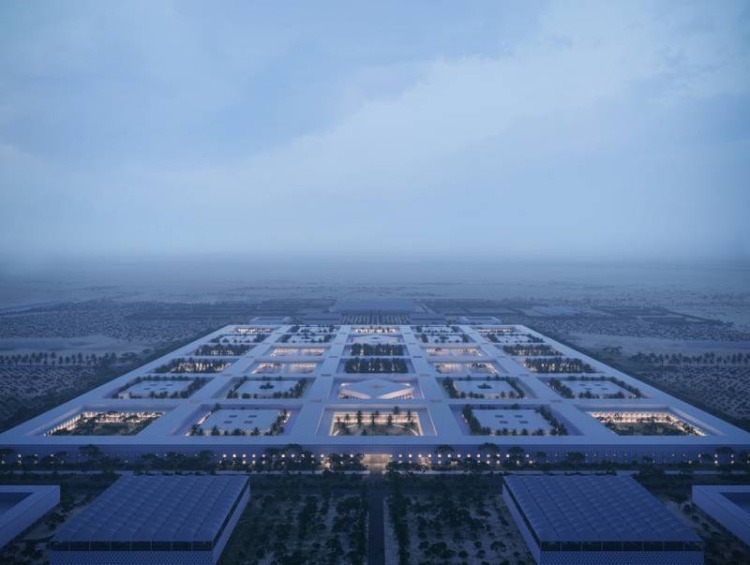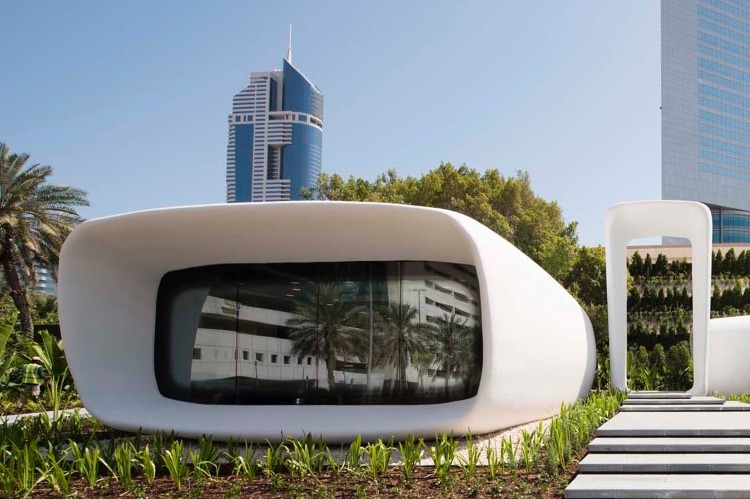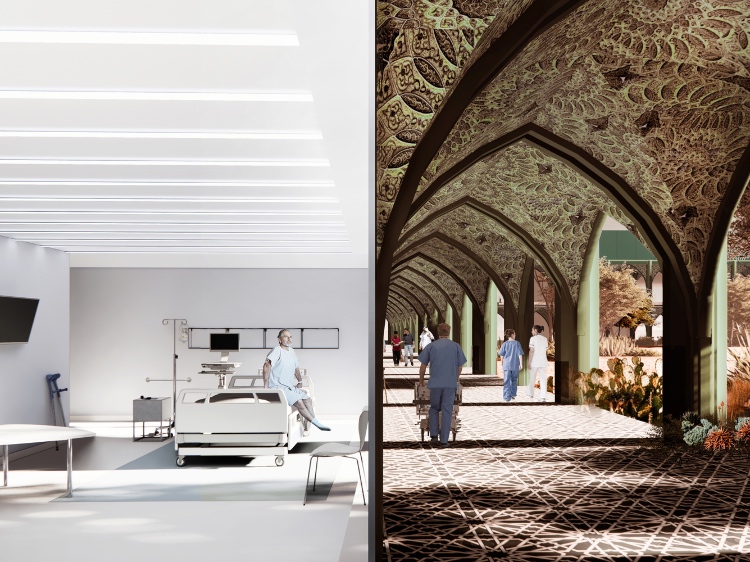The Middle East is seeing an increase in demand for 3D printed projects, as a result of some of its ground-breaking advantages. For instance, 3D printing enables the design and printing of more complicated patterns than conventional manufacturing techniques which helps in creating more flexible designs. Additionally, 3D printing is environmentally friendly because it uses less material waste than previous methods and is, therefore, more efficient.
In light of this, we decided to explore some of the major 3D printed projects that you can find across the Middle East.
Dubai Future Foundation Building
This building’s entire structure was created using a 3D printer while the printer was installed on-site within two days. This innovative project’s construction method reduced labor costs by over 50 percent compared to traditional buildings of similar size. it also minimized waste on the site, leading to a reduced environmental footprint for the project.
The Dubai Future Foundation building bagged a Guinness World Records title for the world’s First 3D-printed commercial building.
3D Printed Mosque
Dubai is close to achieving the world’s first fully functional 3D-printed mosque located in Bur Dubai. The 2,000 square-meter mosque’s construction which began in Oct. 2023, and will accommodate around 600 worshippers. The mosque is set to open in 2025 and its structure, which will be built using 3D printing technology, will take about four months to complete and an additional 12 months to add appropriate facilities for worshippers.
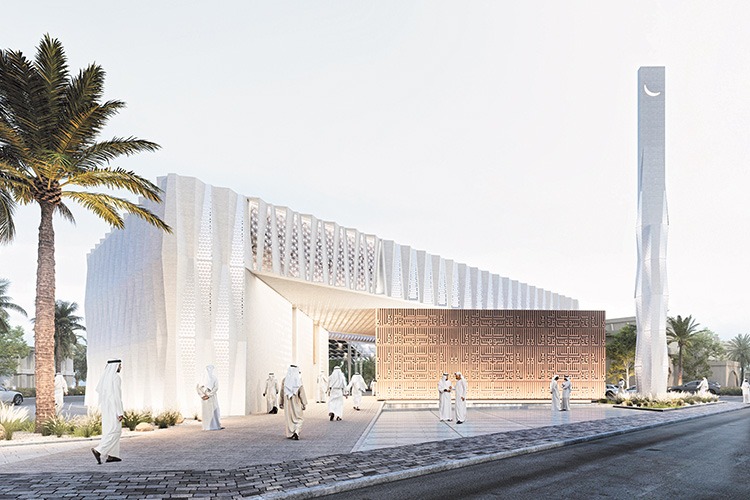
Hospital of the Future, Qatar
Qatar is attempting to integrate 3D printing technology into its medical sector. On 1.3 million square meters of land between Qatar University and Lusail City, the Al Daayan Health District, also known as the hospital of the future, will be focused around a two-story building. This project aims to reflect the continuously expanding innovation in the medical profession.
Additionally, the expansive site will include cutting-edge local farms for the production of food and medicine, as well as a separate logistics center and solar farm to enable the district to operate independently.
World’s Largest 3D-printed Concrete Building, Oman
The largest 3D-printed building made of actual concrete has been created by a team that includes the German University of Technology in Oman (GUtech), Mexican cement manufacturer Cemex, and Danish 3D printer manufacturer Cobod. The 190-square-meter building has three bedrooms, a living room, a kitchen, and a reception area.
This project was completed over the course of five days. Additionally, the team concentrated on training the Omani team to become beneficent with the usage of 3D printing technology.
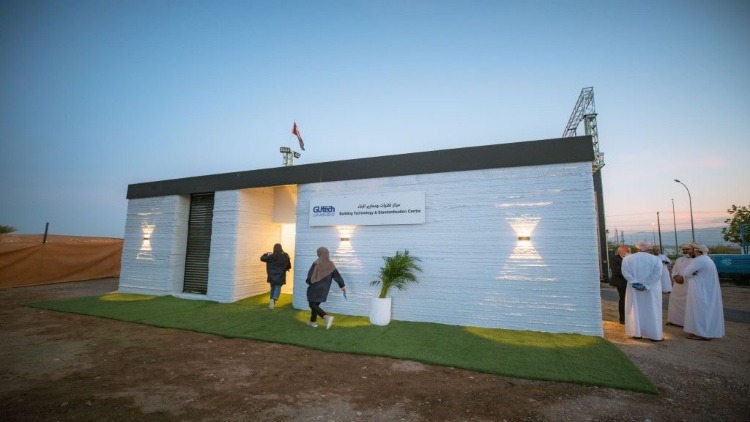
3D Printing Bus Stop, Ajman
Ajman has a 3D bus stop that was built using 3D concrete printing. The entire construction took less than 10 hours to complete using only three pieces.
Jesús Sancho, managing director, ACCIONA Middle East said to Arabian Business that “we are delighted and proud to see that the leaders and visionaries of the Government of Ajman share the same passion for innovation, cutting-edge technology and while sharing the same interest in deploying sustainable solutions as ACCIONA does.
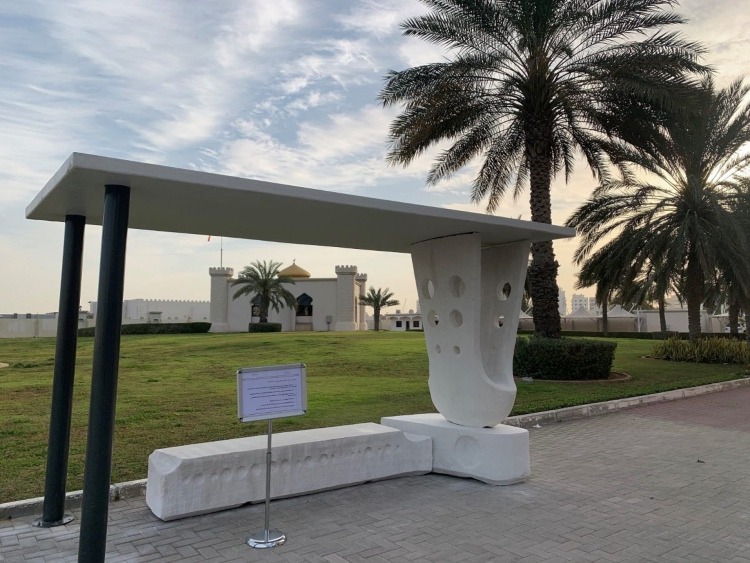
3D-Printed Resort, Saudi Arabia
The newest hotel chain to use 3D printing techniques in the construction of its buildings is Habitas. Now, it is one of the most well-known operators in the industry of sustainable hotels. First established in Tulum, Mexico, the company wanted to make its mark in the Middle East by launching Habitas’s second branch in AIUIa, Saudi Arabia.
Much of the development comes at the keenness of the Saudi government, including Crown Prince Mohammed bin Salman, aiming to turn AlUla into one of the kingdom’s go-to tourism destinations as part of the Saudi Vision 2030 program.

Construction of Federal Facilities, UAE
The Ministry of Energy and Infrastructure (MoEI) in the United Arab Emirates has long sought to support innovation and sustainable development. Work on the courthouse and the Madam Partial Prosecution building, the first federal building to be built using 3D printing technology, has started. This is a fundamentally new development in building construction because it is predicted to speed up the process and cut costs.
Being the first project of its sort in the field of construction for federal buildings, the use of 3D printing technology is anticipated to cut costs by 50 percent and the amount of waste produced by construction operations by more than 60 percent.
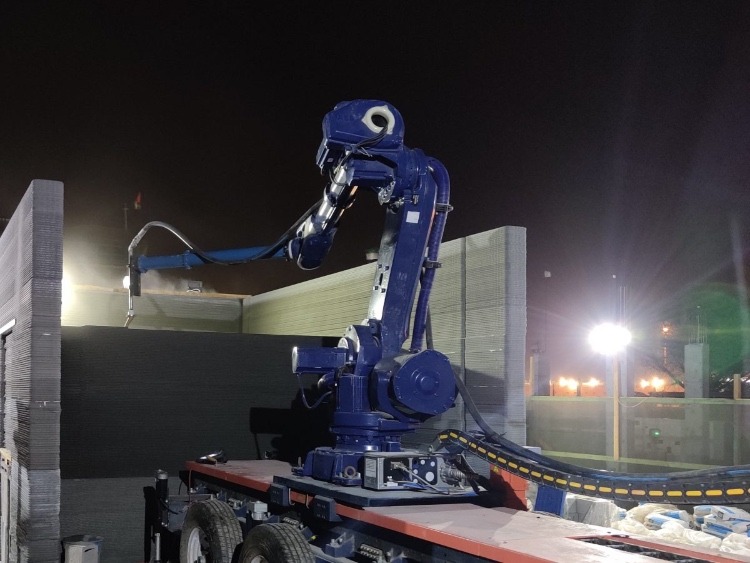
First 3D Printed House in the Middle East, UAE
At the Sharjah Research, Technology, and Innovation Park (SRTI Park), the first completely operational 3D-printed villa in the Middle East was created using 3D technology. Hussain Al Mahmoudi, CEO of SRTI Park, stated that the villa was completed in just two weeks.
CyBe Construction, a major Dutch 3D printing company, and technology provider built the house. They used a 3D printer with a print speed of up to 600 mm/s and quick-drying concrete mortar. According to 3D Printing Progress, the printer can also be used for walls, sewage pits, and flooring.
Dubai Municipality Building
The two-story building, constructed by Apis Cor, claims to be the biggest 3D-printed structure ever. The building, which is 9.5 meters high and has a 640 square meter floor area, was made for Dubai Municipality. The printing was done outside while enduring changes in the weather and temperature.
CEO and founder of Apis Co, Nikita Cheniuntai, said to Arabian Business that “the project gave us unique knowledge and invaluable experience that will help us improve our technology and develop a new version of our 3D printer.”
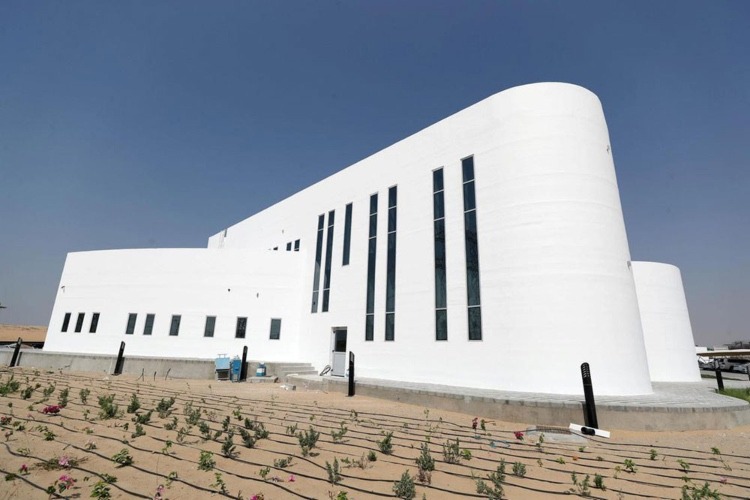
The Middle East is already a center of robotic building innovation. Early research indicates that robotic production can reduce construction waste and labor costs, which is primarily why 3D printing is the current trend.


